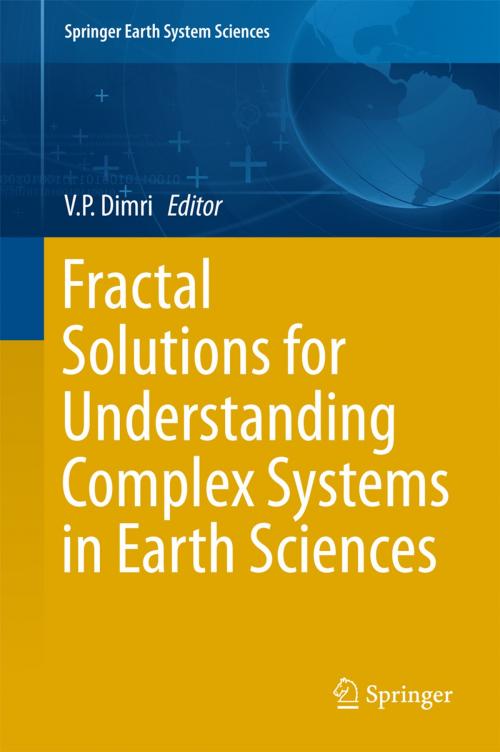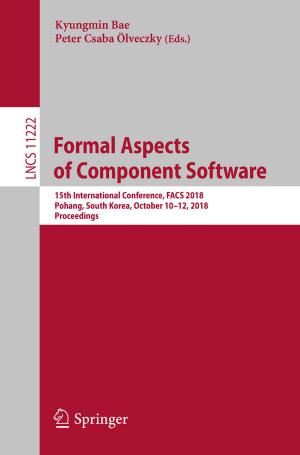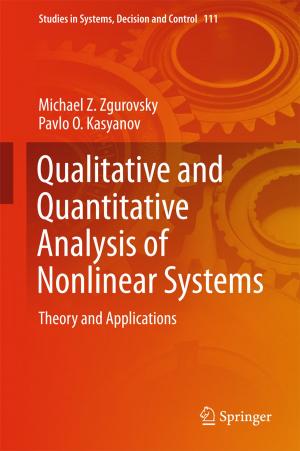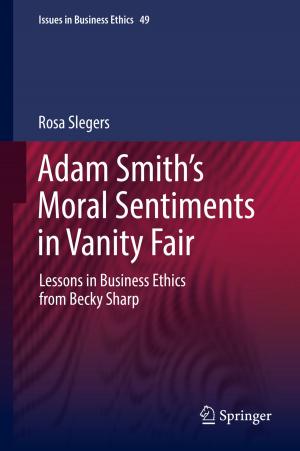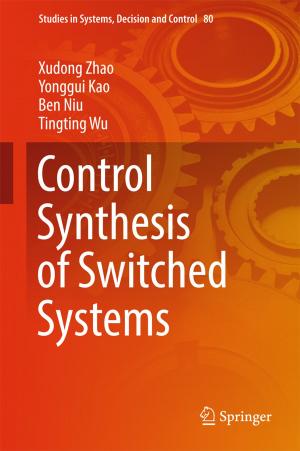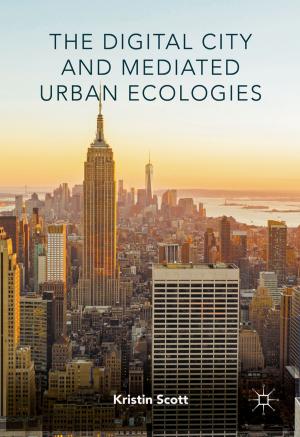Fractal Solutions for Understanding Complex Systems in Earth Sciences
Nonfiction, Science & Nature, Science, Earth Sciences, Geophysics, Mathematics, Geometry| Author: | ISBN: | 9783319246758 | |
| Publisher: | Springer International Publishing | Publication: | November 21, 2015 |
| Imprint: | Springer | Language: | English |
| Author: | |
| ISBN: | 9783319246758 |
| Publisher: | Springer International Publishing |
| Publication: | November 21, 2015 |
| Imprint: | Springer |
| Language: | English |
This book deals with fractals in understanding problems encountered in earth science, and their solutions. It starts with an analysis of two classes of methods (homogeneous fractals random models, and homogeneous source distributions or “one point” distributions) widely diffused in the geophysical community, especially for studying potential fields and their related source distributions. Subsequently, the use of fractals in potential fields is described by scaling spectral methods for estimation of curie depth. The book also presents an update of the use of the fractal concepts in geological understanding of faults and their significance in geological modelling of hydrocarbon reservoirs. Geophysical well log data provide a unique description of the subsurface lithology; here, the Detrended Fluctuation Analysis technique is presented in case studies located off the west-coast of India. Another important topic is the fractal model of continuum percolation which quantitatively reproduce the flow path geometry by applying the Poiseuille’s equation. The pattern of fracture heterogeneity in reservoir scale of natural geological formations can be viewed as spatially distributed self-similar tree structures; here, the authors present simple analytical models based on the medium structural characteristics to explain the flow in natural fractures. The Fractal Differential Adjacent Segregation (F-DAS) is an unconventional approach for fractal dimension estimation using a box count method. The present analysis provides a better understanding of variability of the system (adsorbents – adsorbate interactions). Towards the end of book, the authors discuss multi-fractal scaling properties of seismograms in order to quantify the complexity associated with high-frequency seismic signals. Finally, the book presents a review on fractal methods applied to fire point processes and satellite time-continuous signals that are sensitive to fire occurrences.
This book deals with fractals in understanding problems encountered in earth science, and their solutions. It starts with an analysis of two classes of methods (homogeneous fractals random models, and homogeneous source distributions or “one point” distributions) widely diffused in the geophysical community, especially for studying potential fields and their related source distributions. Subsequently, the use of fractals in potential fields is described by scaling spectral methods for estimation of curie depth. The book also presents an update of the use of the fractal concepts in geological understanding of faults and their significance in geological modelling of hydrocarbon reservoirs. Geophysical well log data provide a unique description of the subsurface lithology; here, the Detrended Fluctuation Analysis technique is presented in case studies located off the west-coast of India. Another important topic is the fractal model of continuum percolation which quantitatively reproduce the flow path geometry by applying the Poiseuille’s equation. The pattern of fracture heterogeneity in reservoir scale of natural geological formations can be viewed as spatially distributed self-similar tree structures; here, the authors present simple analytical models based on the medium structural characteristics to explain the flow in natural fractures. The Fractal Differential Adjacent Segregation (F-DAS) is an unconventional approach for fractal dimension estimation using a box count method. The present analysis provides a better understanding of variability of the system (adsorbents – adsorbate interactions). Towards the end of book, the authors discuss multi-fractal scaling properties of seismograms in order to quantify the complexity associated with high-frequency seismic signals. Finally, the book presents a review on fractal methods applied to fire point processes and satellite time-continuous signals that are sensitive to fire occurrences.
